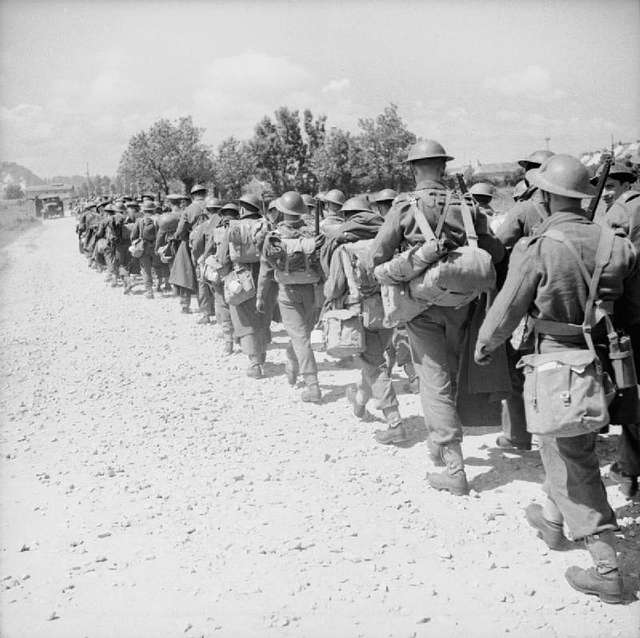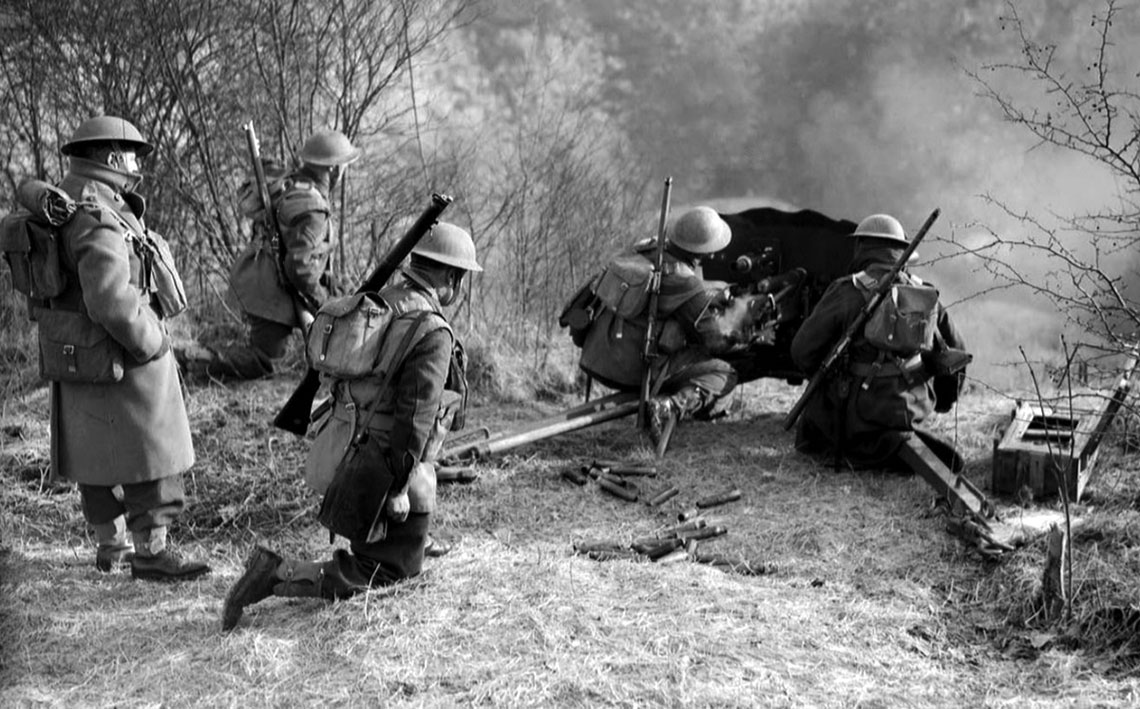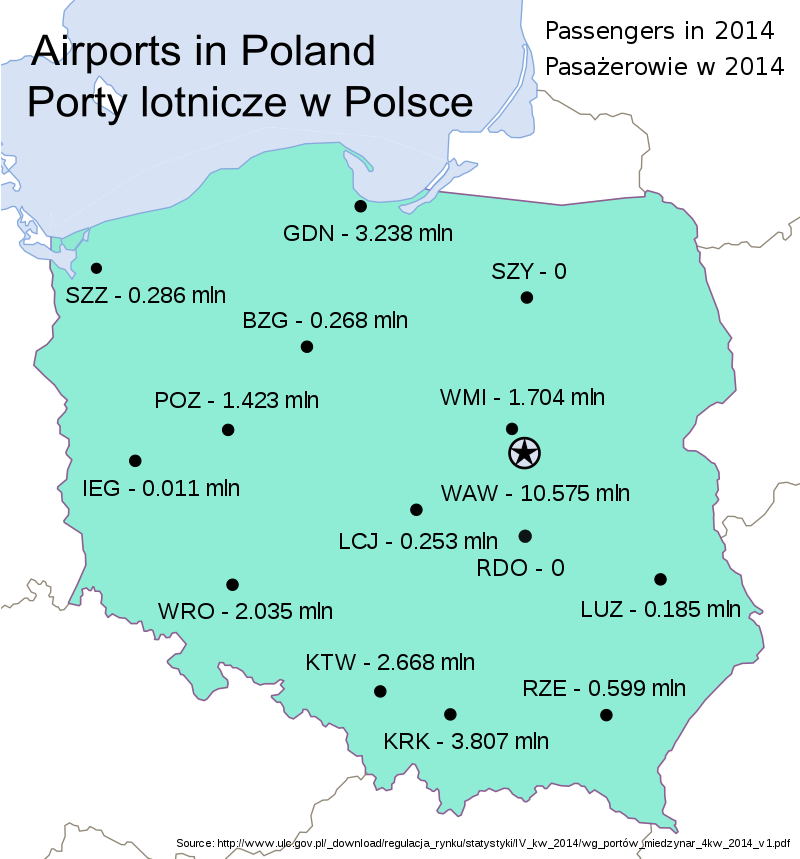
British Expeditionary Force in France in 1940.

Anti-tank gun fire during one of the British Expeditionary Force's exercises before the German attack in May 1940.
Britain and France expected military operations in World War II to be similar to those of 1914–1918. It was predicted that at the first stage there would be a trench war of annihilation, and later the Allies would be able to launch a methodical offensive that would stretch for many months. In doing so, they had to face rapid maneuvering actions. One of the first victims was the British expeditionary force, "squeezed out" from the continent after three weeks of fighting.
The British Expeditionary Force (BEF) was created on September 1, 1939 after the German invasion of Poland, but it did not arise from scratch. The Italian invasion of Ethiopia, the rise of the Wehrmacht and the remilitarization of the Rhineland by Germany made it clear that the Versailles order had come to an end. German militarism was rapidly reviving, and the rapprochement between France and Great Britain was inevitable. On April 15-16, 1936, representatives of the general staffs of both powers held talks in London. Here is a small digression.
At that time, the French Major General of the Army and the British Imperial General Staff functioned solely as the High Command of the Land Forces. The navies had their own headquarters, the État-major de la Marine in France and the Admiralty Naval Staff, in addition, in the UK they were subordinate to other ministries, the War Office and the Admiralty (in France there was one, Ministre de la Défense Nationale et de la Guerre , i.e. national defense and war). Both countries had independent air force headquarters, in France the État-Major de l'Armée de l'Air, and in the UK an air force headquarters (subordinate to the Air Ministry). It is worth knowing that there were no consolidated headquarters at the head of all the armed forces. However, it was the headquarters of the ground forces that were the most important in this case, that is, in terms of operations on the continent.

British soldiers with the French 1934 mm Hotchkiss mle 25 anti-tank gun, which was mainly used by brigade anti-tank companies.
The consequence of the agreements was an agreement according to which Great Britain, in the event of war with Germany, was to send its land contingent and supporting aircraft to France. The land contingent was to be under the operational control of the French command on land, while the commander of the British contingent in disputes, in extreme cases, had the right to appeal the decision of his French commander to the British government. The air contingent was to act on behalf of the command of the British contingent, being operationally subordinate to it, although the commander of the air component had the right to appeal to the air headquarters the operational decisions of the British land commander in France. On the other hand, it was not under the control of the French Armée de l'Air. In May 1936, signed documents were exchanged through the British Embassy in Paris.
With regard to operations in the seas and oceans, the two naval headquarters later agreed that the North Sea, the Atlantic and the Eastern Mediterranean would be transferred to the Royal Navy, and the Bay of Biscay and the Western Mediterranean to the National Marines. From the moment this agreement was reached, the two armies began to exchange some select defense information with each other. For example, the British Defense Attaché, Colonel Frederick G. Beaumont-Nesbitt, was the first foreigner to be shown the fortifications along the Maginot Line. However, details of the protection plans were not disclosed. Even then, however, the French were generally strong enough to repel a possible German attack, and the British had to support the Belgian defensive effort on its territory, leaving the fighting in France to the French alone. The fact that Germany would attack through Belgium, as in World War I, was taken for granted.
In 1937, British Minister of War Lesley Hore-Belisha also visited the Maginot Line. In the same year, the exchange of intelligence on Germany between the military headquarters of France and Great Britain began. When, in April 1938, Secretary Hore-Belisha visited France for the second time, at a meeting with General Maurice Gamelin, he heard that the British should send a mechanized division to help Belgium, which did not have its own armored forces.
Apart from political declarations of joint war with Germany, careful military planning did not begin until 1938 as a result of the Munich Crisis. During the crisis, General Gamelin came to London to report that France was planning offensive actions against Germany in the event of an invasion by Czechoslovakia, in order to relieve the strain on the Czechoslovak defenses. In winter, the troops were to withdraw behind the Maginot Line, and in the spring to go on the offensive against Italy, if she came out on the side of Germany. Gamelin invited Great Britain to support these actions on its own. This proposal surprised the British, who until now believed that in the event of a German attack, France would close behind the fortifications and would not take any offensive action. However, as you know, the war in defense of Czechoslovakia did not take place and this plan was not implemented. However, the situation became so serious that it was decided that it was time to start more detailed planning and preparation.
At the end of 1938, under the direction of the director of planning for the War Office, Major General, negotiations began on the size and composition of the British troops. Leonard A. Howes. Interestingly, the idea of sending troops to France had many opponents in Great Britain and therefore the choice of units to send to the Continent was difficult. In January 1939, staff negotiations resumed, this time the discussion of the details had already begun. On 22 February, the British government approved a plan to send five regular divisions, a mobile division (an armored division) and four territorial divisions to France. Later, since the tank division was not yet ready for action, it was replaced by the 1th territorial division, and the 10st DPAN itself began to unload in France after the start of active operations on May 1940, XNUMX.
It was not until early 1939 that the French officially told Britain what their specific plans for defense against Germany were and how they saw the role of the British in those plans. Subsequent staff negotiations and agreements took place from March 29 to April 5, at the turn of April and May, and, finally, from August 28 to August 31, 1939. It was then agreed how and to what areas the British Expeditionary Force would arrive. Great Britain has ports from St. Nazaire to Le Havre.
The British armed forces in the interwar period were completely professional, with privates volunteering for them. However, on May 26, 1939, at the request of Minister of War Hore-Belish, the British Parliament passed the National Training Act, under which men between the ages of 20 and 21 could be called up for 6 months of military training. Then they moved to the active reserve. This was due to plans to increase the ground forces to 55 divisions, most of which were to be territorial divisions, i.e. to consist of reservists and wartime volunteers, formed in case of military mobilization. Thanks to this, it was possible to begin training trained recruits for wartime.
The first draftees had not yet completed their training when, on 3 September 1939, after Britain's entry into the war, Parliament passed the National Service (Armed Forces) Act 1939, which made military service compulsory for all males between the ages of 18 and 41 who were residents of Great Britain and the dependencies. Nevertheless, the forces Britain managed to deploy on the Continent were relatively small compared to French forces. Initially, four divisions were transferred to France, then six more were added by May 1940. In addition, six new munitions factories had been opened in Britain by the start of the war.

